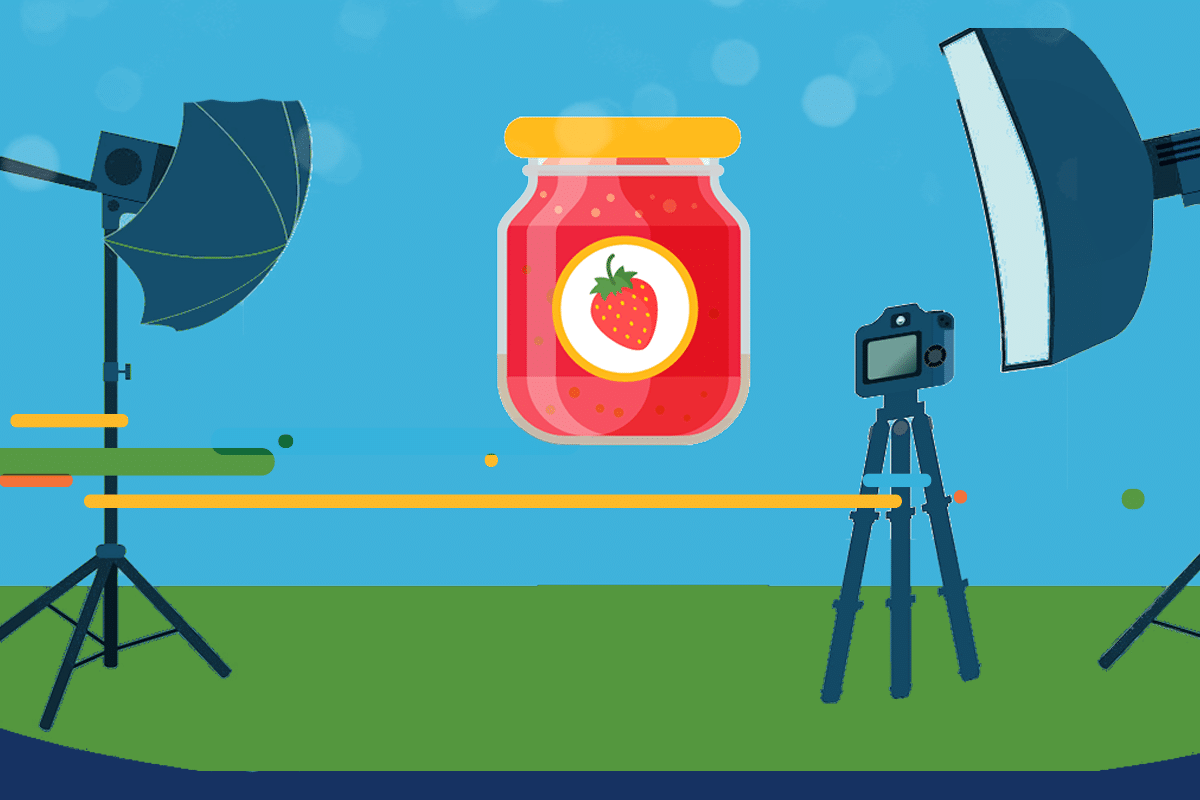A collection of best practices for Optimized content images
There’s no need to belabor the point.
We’ve all been made painfully aware of the “unprecedented” environment we are in, where all companies are there to “support” their consumer base in these “trying times”. And we all know that business must continue (or re-open soon).
In the US and around the world, organizations no longer have the luxury of maintaining business as usual. Today, all businesses (essential or otherwise) must communicate their product benefits and their company values to a marketplace that’s more isolated and fragmented than ever.
And even as consumer spending is down, we know that shoppers today are doing more online. Although slightly more than half of US consumers have reduced overall spending since the start of the pandemic, 63% have increased or maintained their online spending1. An analysis of Syndigo enhanced content supports this; online browsing of product pages continually rivals holiday periods. And brands looking to lead online are also upping their game. Syndigo has seen a 150% increase in requests for relative-size images in the first five months of this year, compared to all of 2019.
More than 85% of people are unlikely to buy products from a Top categories in which consumers shop for specific brands
- GROCERY
- HEALTH & BEAUTY
- PET SUPPLIES
Source: JungleScoutbrand after an experience with inaccurate product information.
It is critically important to embrace every channel, and it is a necessity to have a well-constructed product content process in place. This process must enable the efficient creation, management, and syndication of the product content that accurately represents your brand and items, on PDPs across all channels.
Six Steps
Here are a few of the best practices we have uncovered in our work with clients, in order to make the most of your content imagery.
- Set up a process, not just a project. Have an understood, repeatable method for capturing and posting your content. This way, you can ensure all teams have the content they need for consumer touchpoints while avoiding duplications.
- Always create a full image asset bundle. Although it may seem faster to produce the minimum requirement, having the complete set of imagery will help safeguard you for all use cases, especially in a changing omnichannel environment. Computer Generated Imagery (CGI) is a preferred method, given the flexibility this format offers.
- Think ‘Mobile Hero First’. By starting with a clean mobile hero image, which is a ‘cleaned up’ package shot, you can ensure your content will be most widely used for all retailers/recipients.
- Think in terms of category, not brand. By considering your other Optimized Images in groups such as Lifestyle, Feature-Benefit, or Claims you can understand where you have strength or need improvement. Shoppers typically look at specific item groups before brands, so ensure your family of products is listed where appropriate.
- Use available marketing video or create your own. Many brands spend a lot of resources on large-budget campaigns; make sure to obtain a copy for PDP-optimized content as well. And for brands with smaller budgets, quick demonstrations or a short video carousel of Optimized content images can add to your content library using minimal resources.
- Consider using keywords with your marketing images. Track keywords currently used on Amazon or tap into ratings & reviews feedback to incorporate within your imagery.
In today’s world, the need for complete, accurate, and high-quality digital product information is an even-more-critical element of brand execution at retail. And with the continued consumer shift to eCommerce activity, this content must available and up to date in real time.
Optimizing product content – including complete, high quality images and enhanced rich media – must be a core capability for brands. To stay competitive, now is the time to evaluate your internal processes to create a powerful omnichannel experience for your shoppers. If you would like to learn more, contact us to get started.
1Source: Jungle Scout Consumer Trends Report, 2020










